Dish Alms
Brass, diameter cm 42
The alms plate, properly called "alms plate", is a container usually decorated in the form of a large bacille or plate for collecting offerings for the Church; generally made of metal such as bronze, brass, silver and gold. The presence of central decorations is constant, either phytomorphic or with a wheel or with subjects taken from the bible, it can also present in the center a support to fix an iconographic element (a statuette) or even a candle holder or compartments for dividing alms.
The almoner’s plate is a craft object present and documented throughout southern Europe since the Middle Ages, from the second half of the 15th century until the mid-18th century and beyond; of initial Flemish production (area of Mechelen/Malines) and German (area of Nuremberg) and then with the expansion of regional production.
It is so called because in the churches of Germany of the early fifteenth century (about 60 years before Martin Luther) during the masses it was used to collect offerings in plates, cubs and bowls of brass, said precisely for this alms. Once only the sacristan handled them, passing among the faithful during religious services in the church and were used for that purpose until the late nineteenth century; then replaced by almoner cloth with opening slit, most likely for confidentiality.
The artisan shops of Nuremberg began to build in quantity and with more and more valuable specimens, especially after, from the middle of the fifteenth century, spread among private individuals the fashion of hanging various types and manufacture at home. These dishes are often presented in a series of standardized performances due to a massive production of proto-industrial type spread especially in the areas of Catholic influence (southern Germany, France, Italy, Spain and Flanders).
The artisan shops of Nuremberg began to build in quantity and with more and more valuable specimens, especially after, from the middle of the fifteenth century, spread among private individuals the fashion of hanging various types and manufacture at home. These dishes are often presented in a series of standardized performances due to a massive production of proto-industrial type spread especially in the areas of Catholic influence (southern Germany, France, Italy, Spain and Flanders).
In Italy the almoner plate is also used on Good Friday to support the nails and crown of thorns during the ceremony of the deposition of Christ from the cross while in Sardinia it is used in a particular way, It becomes a musical instrument used to accompany the Sardinian dance.
The plate almen in brass, has a series of concentric surfaces decorated with plant motifs and in the center a wheel right, decoration that can be found in many examples, including the one painted in the Apparition of Gregory the Great to Santa Fina by Domenico Ghirlandaio in the collegiate church of San Giminiano.
The motif of the girandola is used with reference to the life and the sun and are almost always right-handed: it consists of stylized leaves with a central rib from which the "petals" of a flower start from the central round. This Christian symbol has very ancient roots and is linked to the right-handed swastika that evokes the sacred tantric symbol of the auspicious shakti.
The object is in good condition





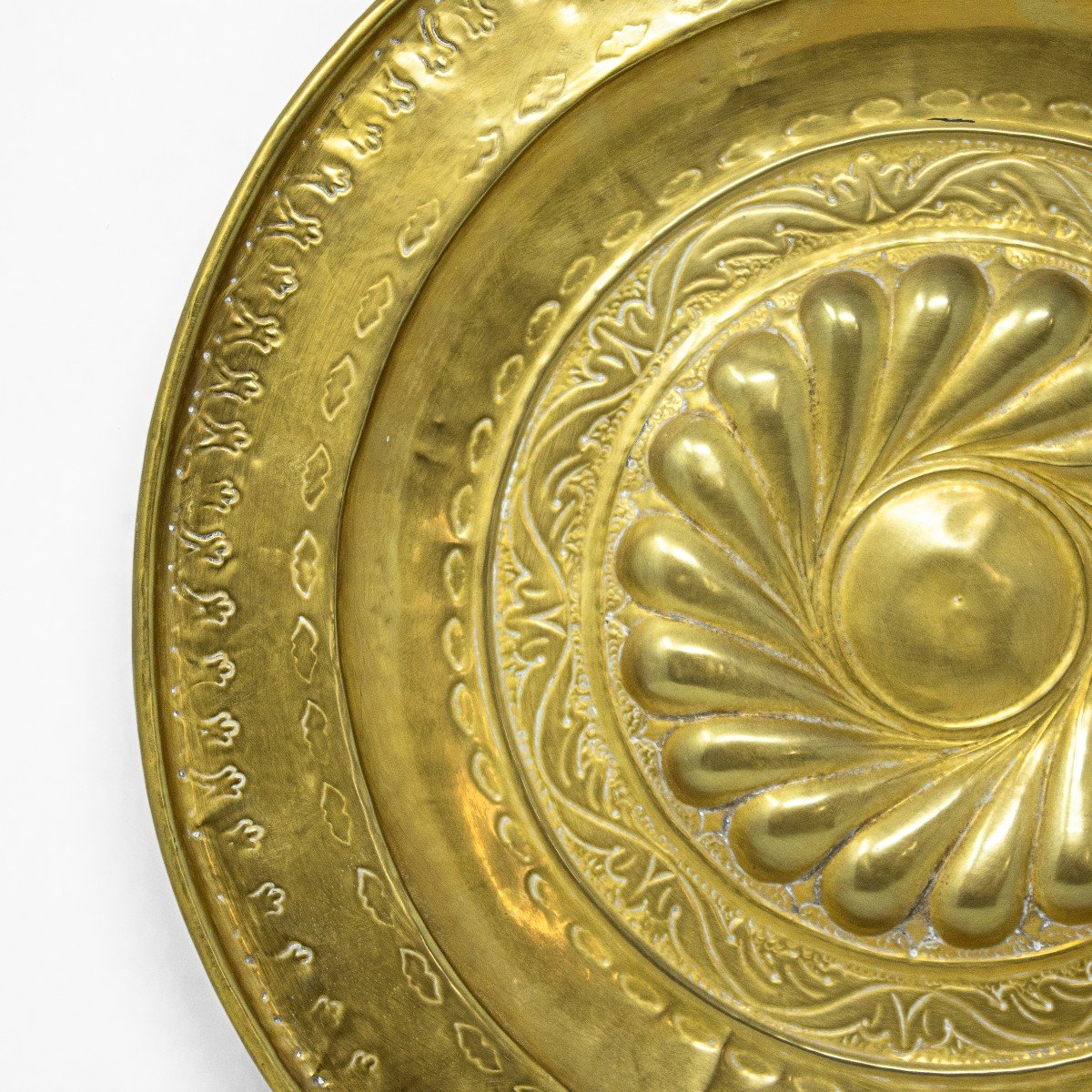















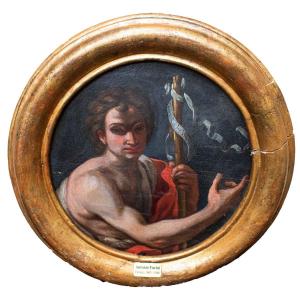






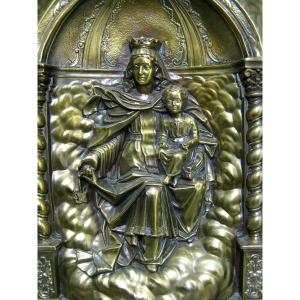

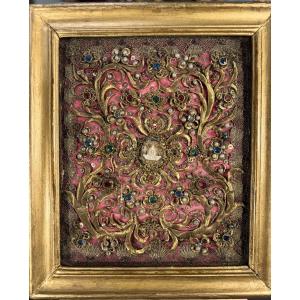
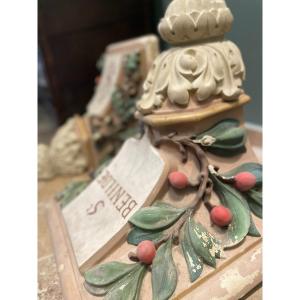




 Le Magazine de PROANTIC
Le Magazine de PROANTIC TRÉSORS Magazine
TRÉSORS Magazine Rivista Artiquariato
Rivista Artiquariato